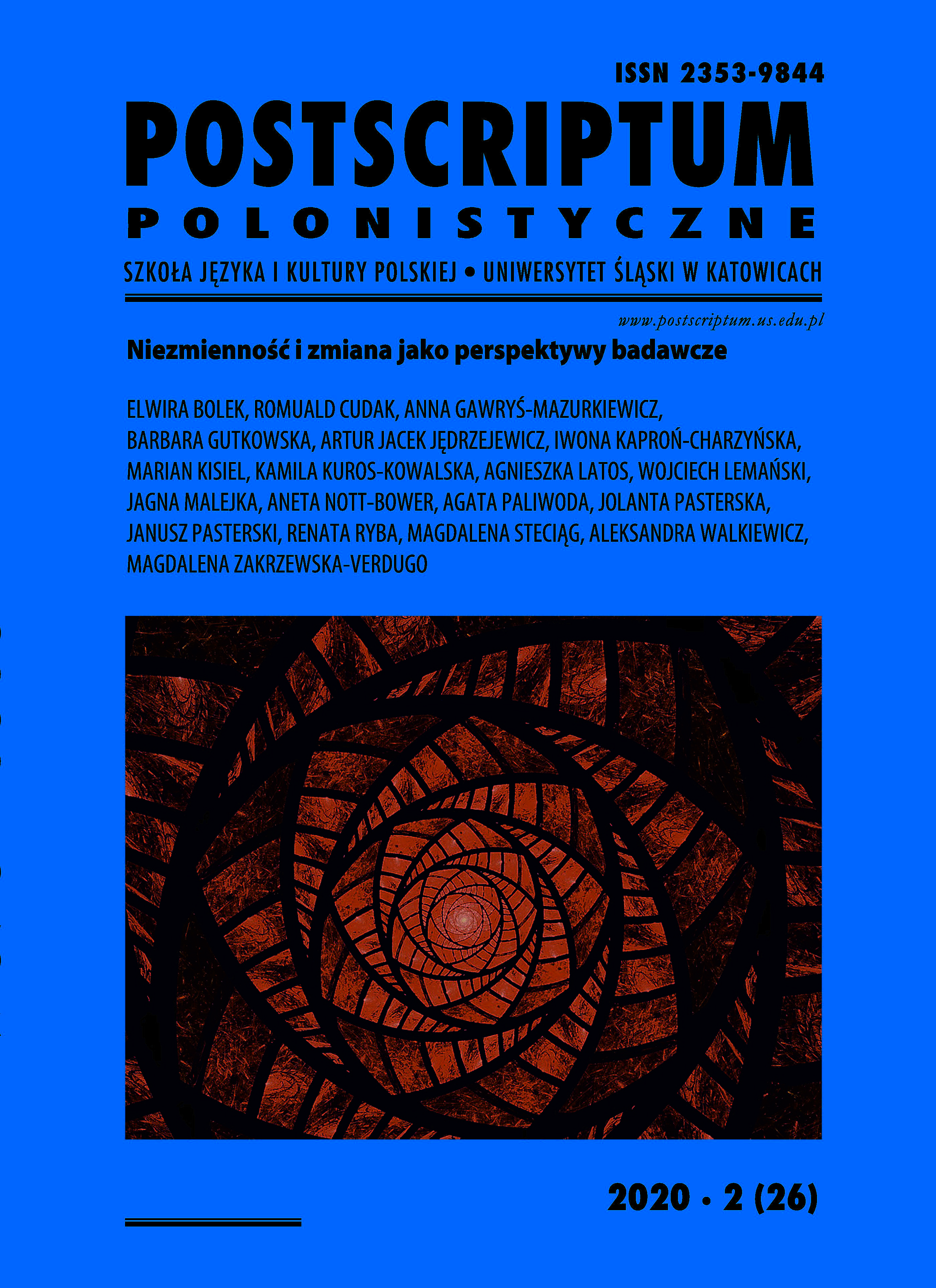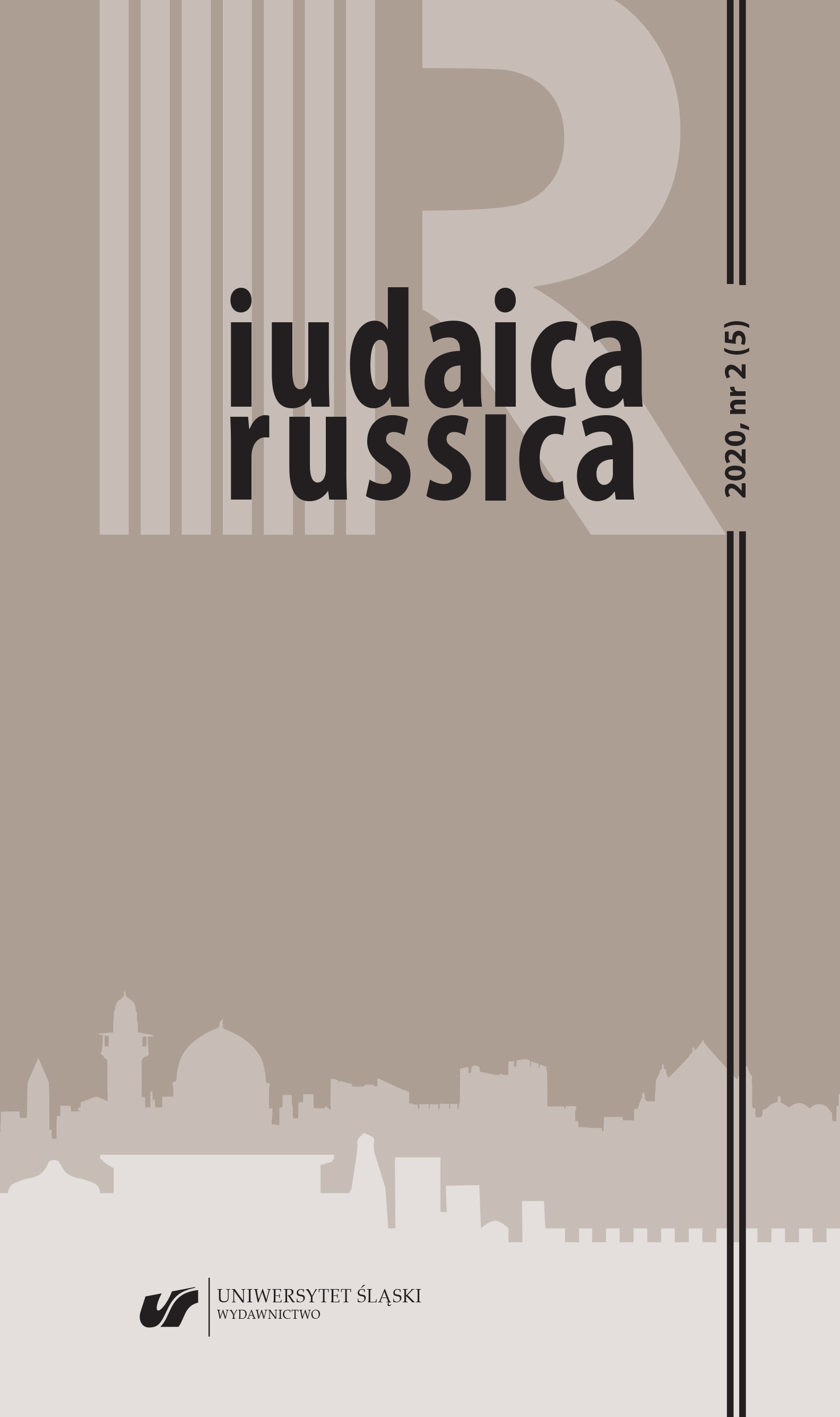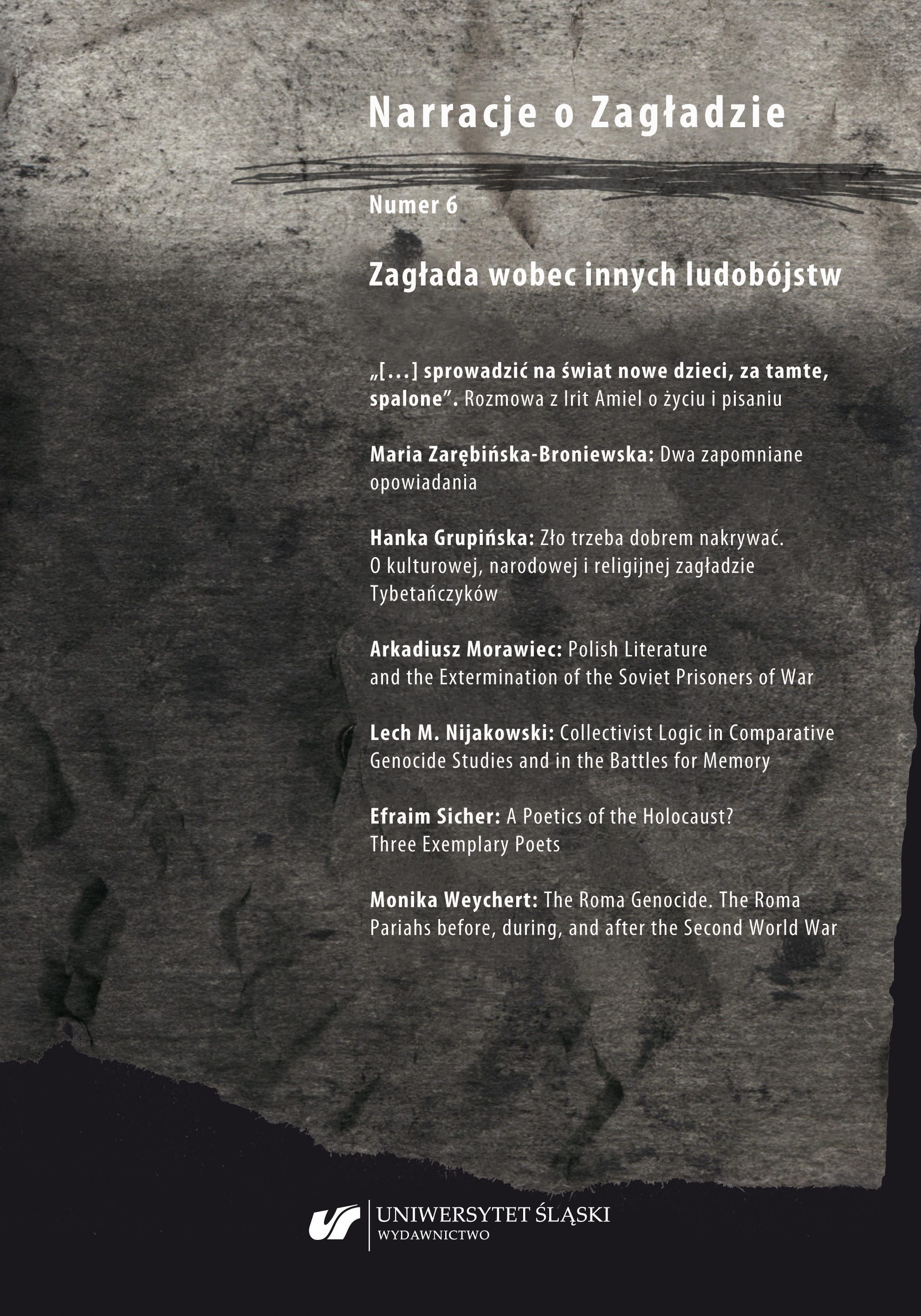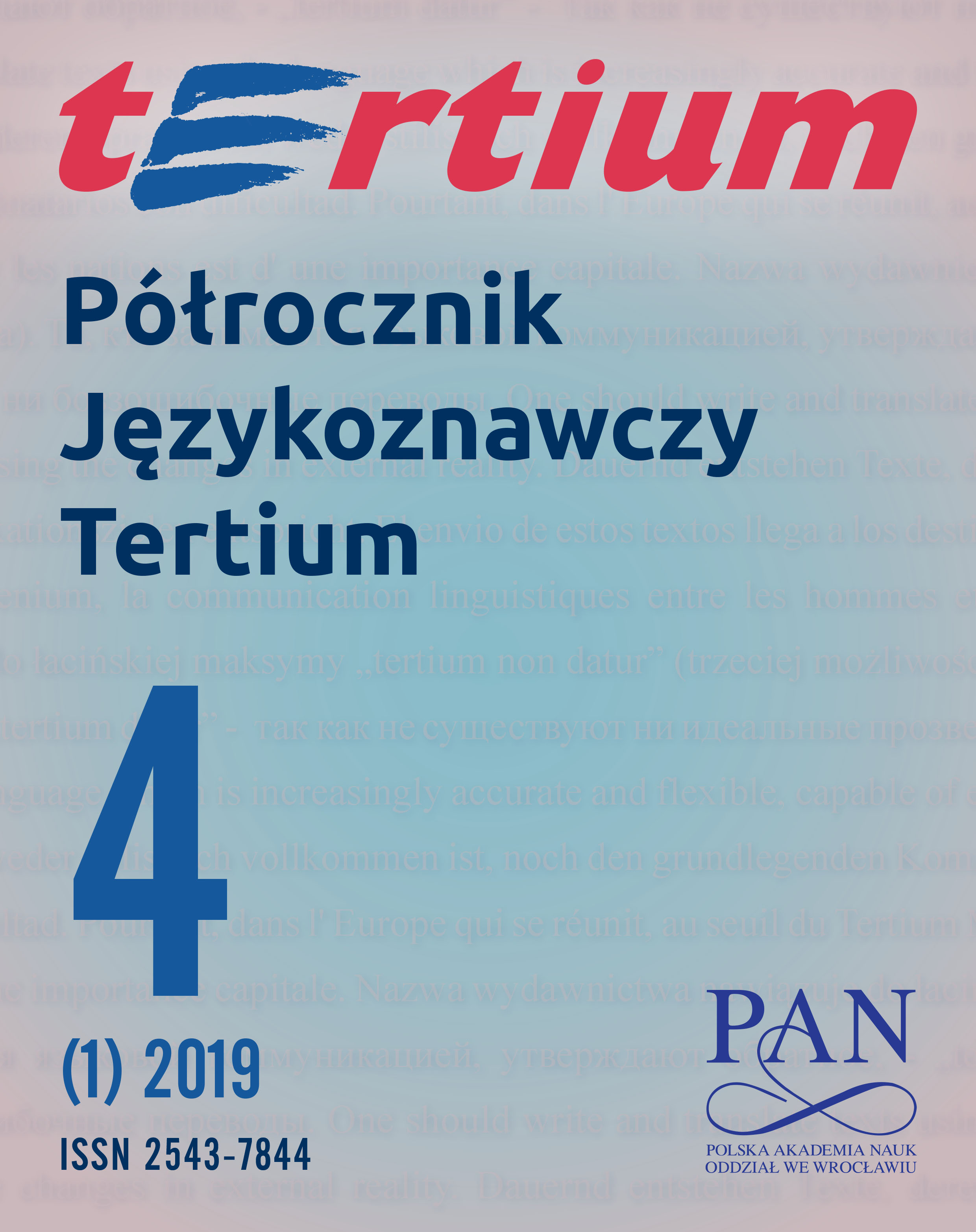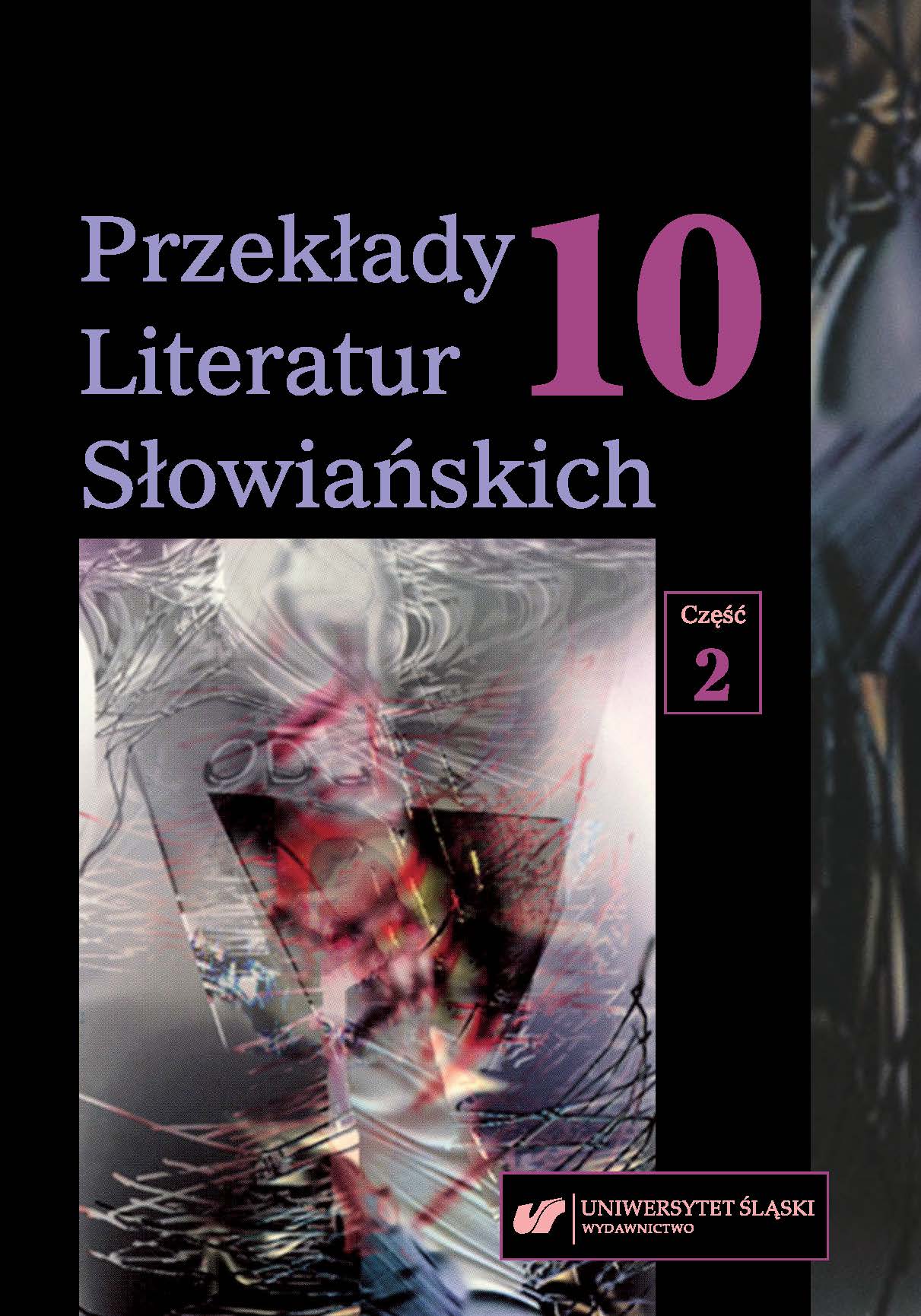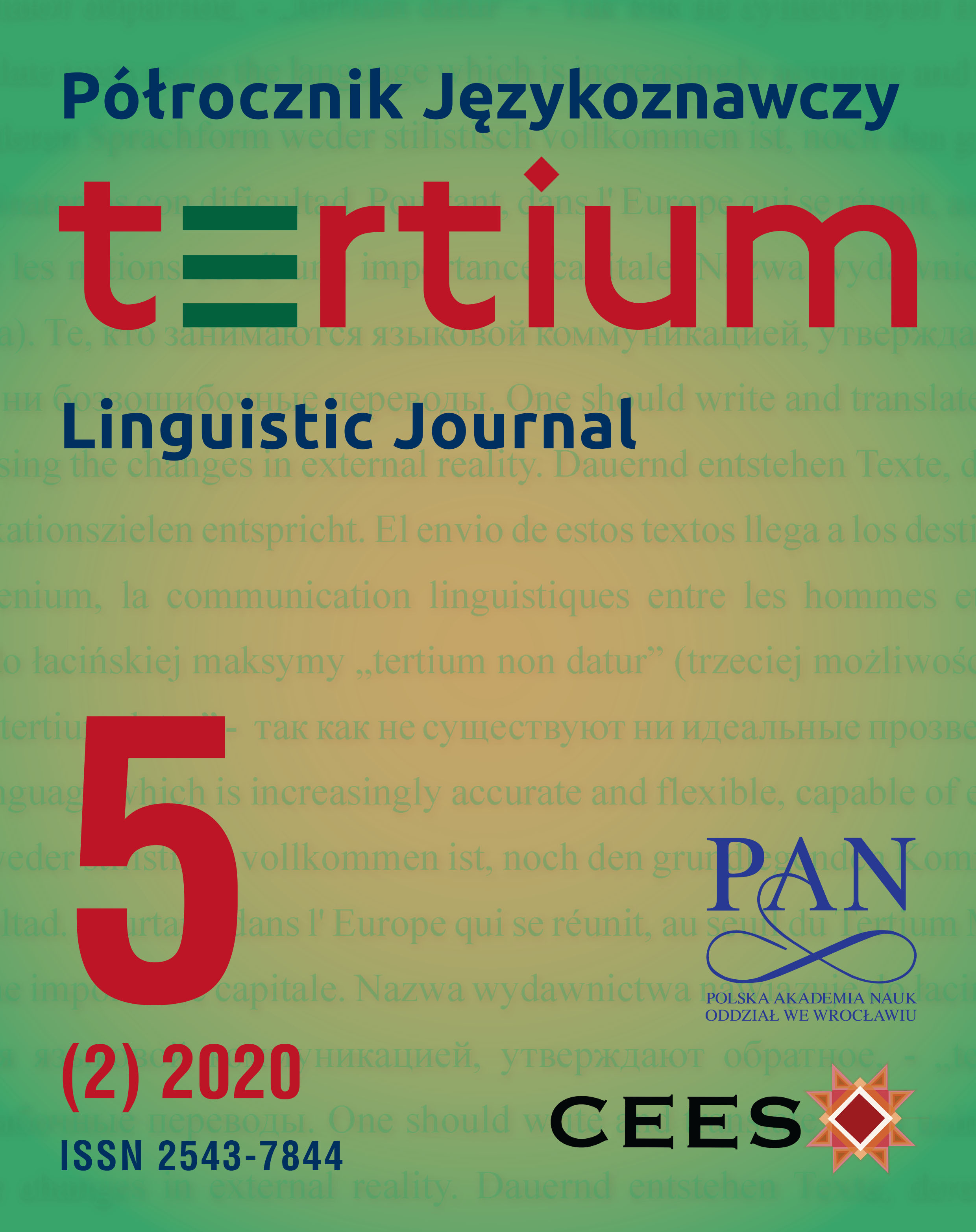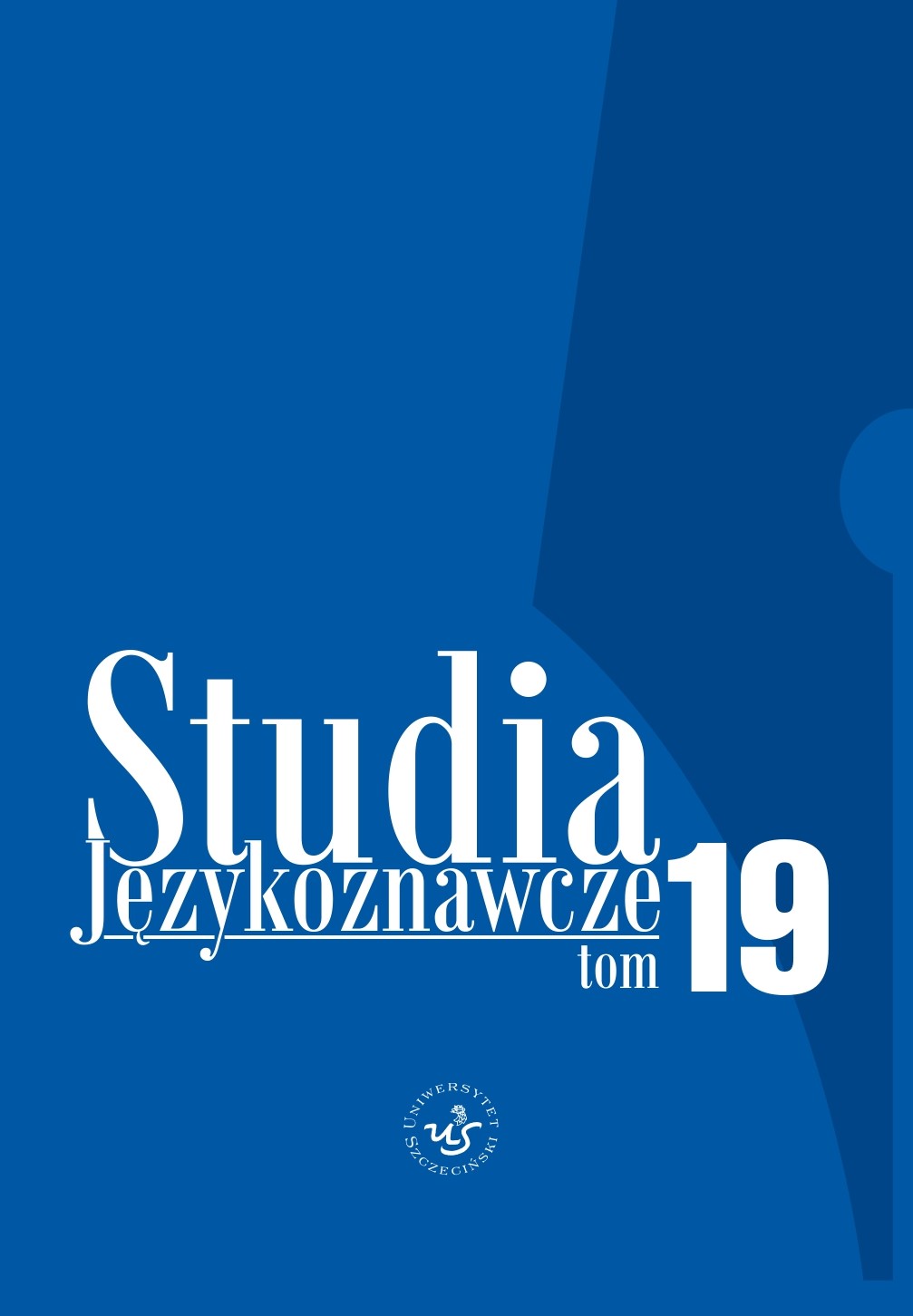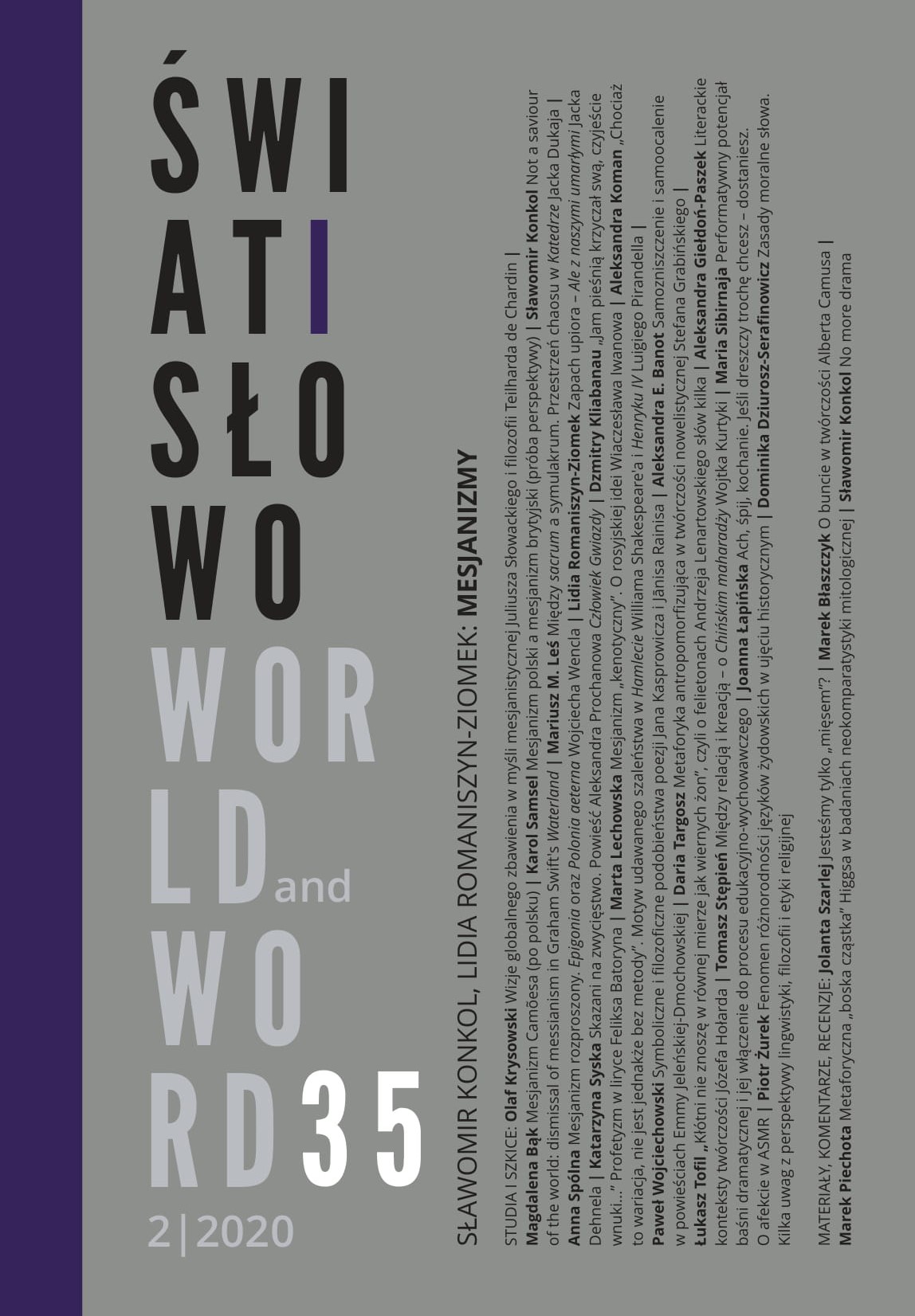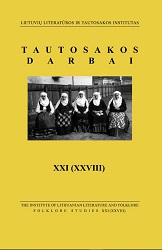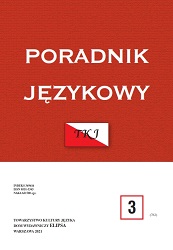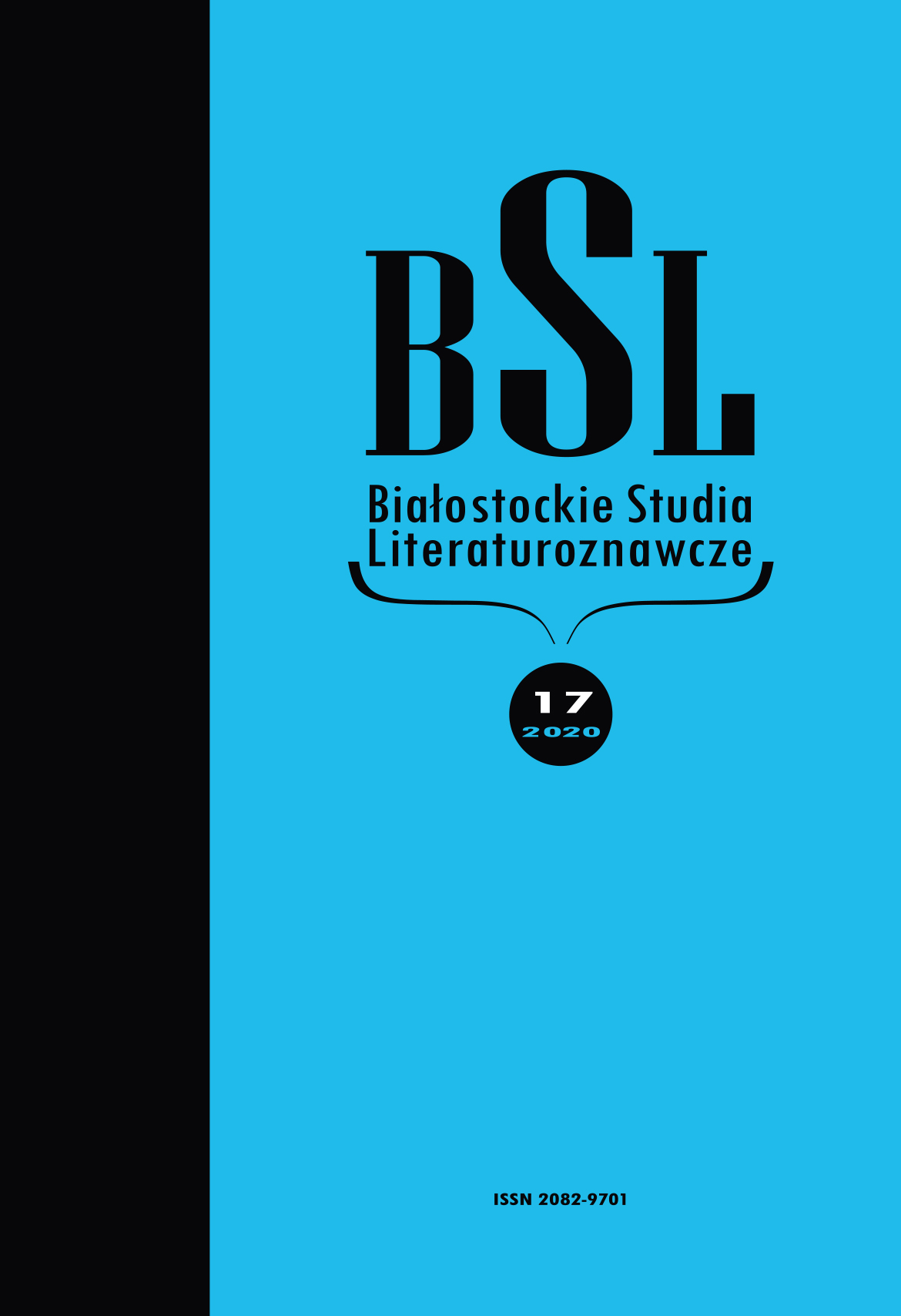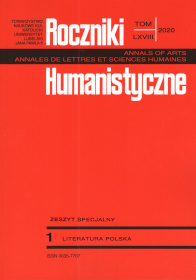
Jan Paweł II wobec wartości. Miejsce wybranych tekstów Papieża Polaka w edukacji polonistycznej uczniów szkół ponadpodstawowych
The aim of this article is to show the ways of presenting the work of John Paul II in Polish language lessons in secondary school, although his texts were not included in the new core curriculum. The author decided that it is worth showing students the Polish Pope as a poet, a reader, a recipient of literature and a man with a sense of humour. In addition, she discusses the idea of creating the first smartphone educational game about the Pope when young.
More...
